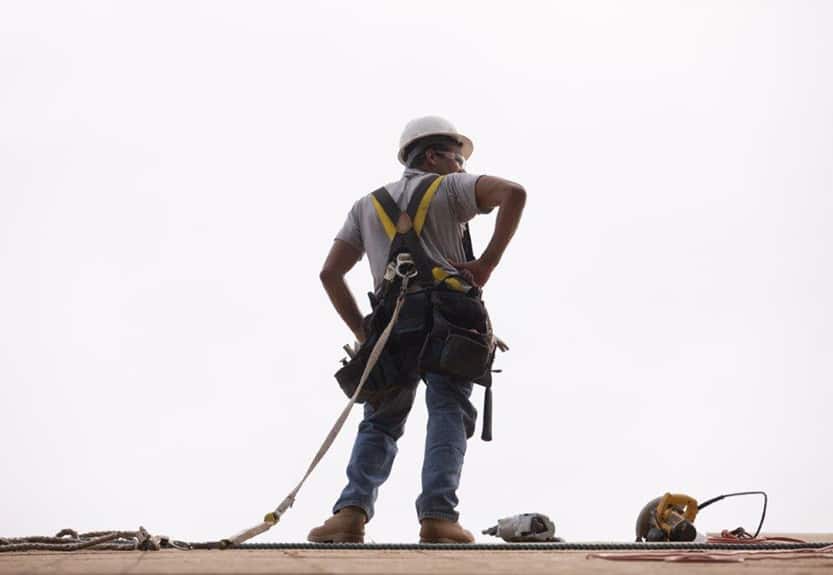![]() Phoenix, Arizona: 602-932-1623
Phoenix, Arizona: 602-932-1623
![]() Phoenix, Arizona: 602-833-1185
Phoenix, Arizona: 602-833-1185

January 9, 2017
Let us talk more about exposure. Exposure does not mean exposure to the weather, but it generally means the exposure the homeowner is putting himself or herself at risk in. One of the additional danger factors to consider in exposure is the height of the roof from the ground. If the house is just one story high, it will not hurt as bad for the homeowner to fall compared to a house that is three or four stories high. Another thing to consider when talking about exposure is the surroundings of the house. If the house is just built on a lot of grass, it would be less risky than being surrounded by a metal fence.
The material the roof is made of is another great factor to consider when planning to inspect the roof. Rain or dew will create moisture on the roof that will affect it to a certain extent that may be difficult to walk on. A lot of homeowners also overestimate asphalt shingles because they think that their non-skid surface will make it less likely to let them slip. But if the asphalt shingles develop some sort of microbial growth, this can make the situation a little bit risky.
Homeowners must bear in mind the fact that the moisture brought about by weather conditions can disguise themselves perfectly that sometimes they couldn’t be seen at all. Wet metal roofing for example, especially ones fastened by screws, can be extremely hazardous for a homeowner. If they do attempt walking on it, there is a big chance that you will slide off and injure yourself and even take the gutter with you along the way.
The fragility of the roof material should also be taken into consideration. Slate, for example, should never be walked on as it can be very slippery with its powder-like surface, even when dry. It is very expensive to repair and will easily break, especially when it is old. Wood roofs can be good to walk on but not when it is wet or if there is visible growth of biological mass on it.
If you have a very high roof, you will have to arrange for a roof contractor to come to your property. These usually require long ladders or using plywood to walk across surfaces.
Homeowners must understand that some roofs cannot be walked on at all. If this is the case, there are various alternatives for inspection that they can do. Examples could be the use of binoculars or observing from the roof edge after climbing on a ladder.
Notifications